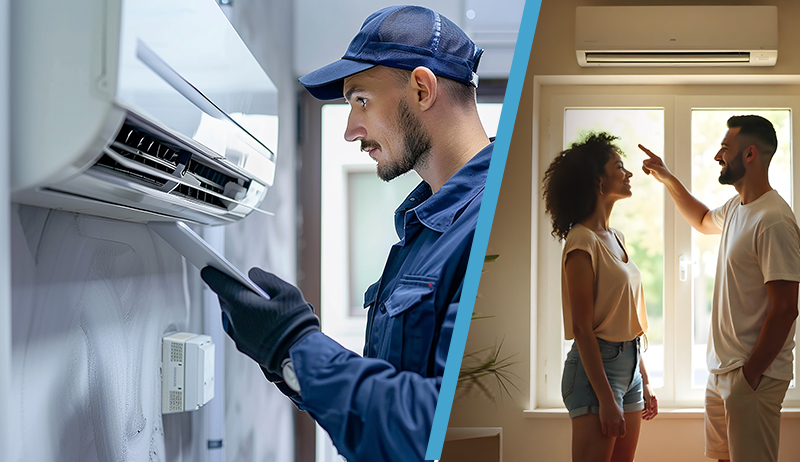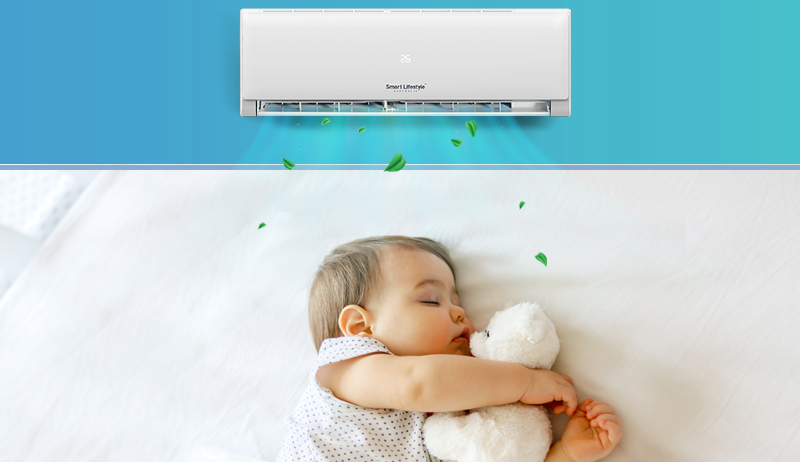Green Hydrogen Technologies: Powering a Sustainable Future
The world is facing a pressing need to transition towards clean energy sources to combat climate change.
Green hydrogen, produced through electrolysis using renewable electricity, has emerged as a promising contender in this quest. This article delves into the exciting world of Green Hydrogen technologies, exploring their potential and the advancements shaping their future.
What is Green Hydrogen?
Unlike its “grey” and “blue” counterparts, which rely on fossil fuels and release greenhouse gases, Green Hydrogen boasts a clean production process. It’s generated by splitting water molecules (H2O) into hydrogen (H2) and oxygen (O2) using electricity from renewable sources like solar, wind, or geothermal power. This process emits no harmful emissions, making Green Hydrogen a truly sustainable fuel source.
Why is Green Hydrogen Important?
Green Hydrogen offers several advantages over traditional energy sources:
- Versatility: It can be used in various sectors, including transportation (fueling fuel cell vehicles), power generation, heating, and industrial processes.
- Energy storage: It can store excess renewable energy, addressing the intermittency challenges of solar and wind power.
- Emission reduction: Replacing fossil fuels with Green Hydrogen can significantly reduce greenhouse gas emissions and combat climate change.
Key Green Hydrogen Technologies:
Several technologies are crucial for advancing Green Hydrogen:
- Electrolyzers: These devices efficiently split water molecules using renewable electricity. Advancements in materials and design are improving their efficiency and reducing costs.
- Renewable energy sources: Expanding solar, wind, and other renewable energy sources is essential to provide the clean electricity needed for Green Hydrogen production.
- Hydrogen storage and transportation: Efficient storage and transportation solutions are crucial for widespread Green Hydrogen adoption. Technologies like pipelines, compressed gas, and liquid hydrogen are being explored.
- Fuel cells: These devices convert Green Hydrogen back into electricity, powering vehicles and generating electricity. Improved efficiency and durability are key areas of development.
The Future of Green Hydrogen:
While still in its early stages, Green Hydrogen technology holds immense potential. Governments and industries are investing heavily in research and development, accelerating its progress. With continued advancements and cost reductions, Green Hydrogen is poised to play a transformative role in achieving a clean and sustainable energy future.
The Race to Green: Exploring the Largest Green Hydrogen Projects
As the world strives for a sustainable future, green hydrogen, produced through renewable energy, is gaining momentum. Here, we delve into some of the biggest green hydrogen projects currently underway, showcasing the global commitment to this clean fuel:
1. NEOM Green Hydrogen Project, Saudi Arabia:
- Capacity: 4 GW renewable energy, 650 tons/day green hydrogen production
- Status: Under construction, expected completion in 2025
- Significance: Aims to be the world’s largest green hydrogen facility, powered by wind and solar, targeting green ammonia and green fuel production.
2. Western Green Energy Hub (WGEH), Australia:
- Capacity: 50 GW renewable energy, 10 million tons/year green hydrogen production
- Status: In planning stages
- Significance: Envisions a massive offshore wind and solar farm dedicated to green hydrogen production, targeting export and domestic use.
3. Sinopec’s Ordos Green Hydrogen Project, China:
- Capacity: 260 MW renewable energy, 41,000 tons/year green hydrogen production
- Status: Operational, facing technical challenges
- Significance: Currently the world’s largest operational green hydrogen project, showcasing large-scale implementation despite initial hurdles.
4. FFI ad TES Green Hydrogen Project, Germany:
- Capacity: 1 GW renewable energy, 80,000 tons/year green hydrogen production
- Status: In planning stages
- Significance: Focuses on integrating hydrogen production with industrial applications, targeting steelmaking and chemical production.
5. Plug Power Green Hydrogen Plants, Finland:
- Capacity: 200 MW renewable energy, 10,000 tons/year green hydrogen production
- Status: Under construction, first phase operational in 2024
- Significance: Aims to establish a network of green hydrogen production facilities across Finland, targeting transportation and industrial use.
Beyond the Big Five:
While these projects represent some of the most ambitious undertakings, numerous other green hydrogen initiatives are flourishing globally. From smaller-scale demonstration plants to large-scale regional collaborations, the green hydrogen landscape is rapidly evolving.
Looking Ahead:
The race to develop and implement green hydrogen technologies is accelerating. Continued advancements, cost reductions, and supportive policies are crucial for scaling up these projects and unlocking the full potential of this clean fuel source. By supporting these endeavors, we can pave the way for a more sustainable energy future powered by green hydrogen.
https://www.exaputra.com/2024/02/exploring-green-hydrogen-technologies.html
Renewable Energy
Has the Fever Broken?
 Many Americans are starting to feel like the lady whose observations we see at left.
Many Americans are starting to feel like the lady whose observations we see at left.
Exactly how this moves forward from here is anyone’s guess. Maybe the Democrats gain a huge majority in Congress in 2026 and then impeach and convict Trump–perhaps joined by lots of Republicans.
There are plenty of different scenarios.
Renewable Energy
Trump and Climate Change
 As shown in this short video, Donald Trump says that climate change is the biggest con job ever perpetrated on Earth.
As shown in this short video, Donald Trump says that climate change is the biggest con job ever perpetrated on Earth.
We are to believe that Trump a) understands the subject better than the thousands of our planet’s top scientists, located in countries all around the globe, and b) he’s telling the truth, where they have somehow gotten together and conspired to lie.
That’s quite a stretch.
Renewable Energy
Can You Stack VEU with Solar or Other Incentives? – Find Out
-
Climate Change3 months ago
Guest post: Why China is still building new coal – and when it might stop
-
Climate Change2 years ago
Spanish-language misinformation on renewable energy spreads online, report shows
-
Greenhouse Gases3 months ago
Guest post: Why China is still building new coal – and when it might stop
-

 Greenhouse Gases1 year ago
Greenhouse Gases1 year ago嘉宾来稿:满足中国增长的用电需求 光伏加储能“比新建煤电更实惠”
-
Climate Change Videos2 years ago
The toxic gas flares fuelling Nigeria’s climate change – BBC News
-

 Climate Change1 year ago
Climate Change1 year ago嘉宾来稿:满足中国增长的用电需求 光伏加储能“比新建煤电更实惠”
-

 Carbon Footprint2 years ago
Carbon Footprint2 years agoUS SEC’s Climate Disclosure Rules Spur Renewed Interest in Carbon Credits
-
Renewable Energy4 months ago
US Grid Strain, Possible Allete Sale


















